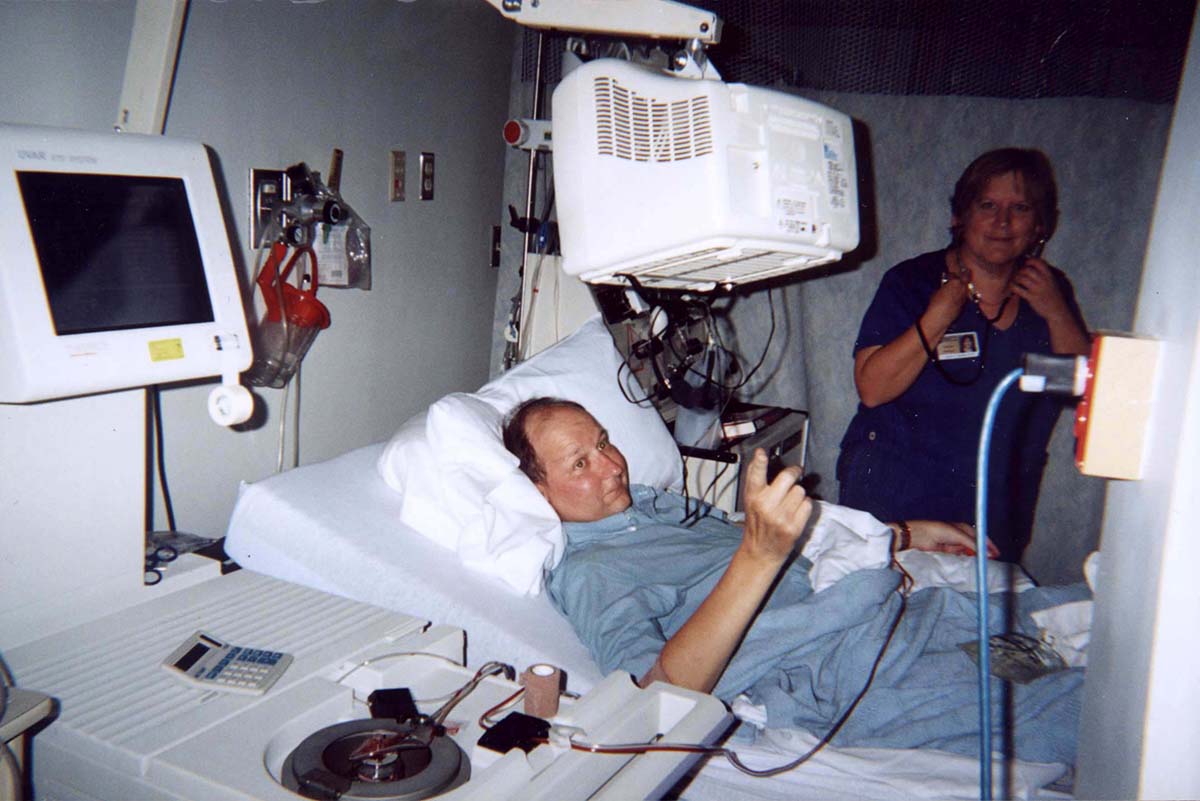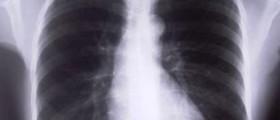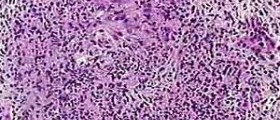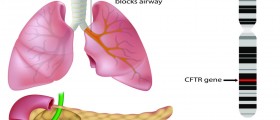
Pulmonary fibrosis is a lung disorder which features with scarring of the lung tissue and replacement of the regular lung tissue with fibrous tissue. It is a progressive disease since there is no cure to stop the process of the scarring and the symptoms do not usually respond to any kind of therapy. The disease may progress slowly or rapidly depending on the cause.
Causes of Pulmonary Fibrosis
Idiopathic pulmonary fibrosis is the type of pulmonary fibrosis in which the underlying cause simply cannot be identified. After the onset of idiopathic pulmonary fibrosis patients usually live up to four years.
Apart from idiopathic pulmonary fibrosis this medical condition may be caused by tuberculosis, exposure to the allergic substances such as metal dust, asbestos or mold. Certain medications as well as previous exposure or radiation therapy are two more causes of pulmonary fibrosis. It may also affect people suffering from certain auto-immune diseases. And finally, there are several more predisposing factors which include genetics, gastroesophageal reflux, diabetes mellitus, smoking and chronic infections.
Symptoms of Pulmonary Fibrosis
The leading symptom of pulmonary fibrosis is shortness of breath. Cough may occur as well. Additional symptoms include myalgia, low fever, bilateral basal crackles, pulmonary hypertension and clubbing. Progression of the disease typically features with low level of oxygen in the blood and cyanosis. Transfer of pulmonary hypertension on the heart leads to its enlargement and consequent right heart failure.
Diagnosis and Treatment for Pulmonary Fibrosis
Diagnosis of the disease can be set after, physical examination, blood tests, pulmonary function tests and CT scan of the lungs.
The most common medications given to people suffering from pulmonary fibrosis are corticosteroids. During initial three months patients are usually administered heavy dose of Prednisone and the dose is then gradually decreased. Mild doses are given during the following six months. If the patients do not respond to corticosteroids the doctor may prescribe pirfenidone and bosentan. Supportive therapy includes oxygen therapy, antibiotics and several more medications. The only cure for pulmonary fibrosis is lung transplantation.
Prognosis of Pulmonary Fibrosis
Discussing the prognosis of pulmonary fibrosis refers to discussing the course of the disease. The damage of the interstitial lungs and reduction of lung's elasticity significantly interferes in the breathing process and proper exchange of oxygen and carbon dioxide.
When it comes to prognosis of pulmonary fibrosis the patient's most important concern if life expectancy. It is impossible to be precise about how long the patient suffering from pulmonary fibrosis is going to live. This basically depends on the function of the rest, healthy lung tissue. After setting of the diagnosis the approximate life span of patents is 2 to 5 years. The progression of the disease and accompanying problems such as respiratory failure, infections and heart problems may accelerate the lethal outcome. In terminal stage of the disease the patients may only survive if they undergo lung transplantation.

















Your thoughts on this
Loading...